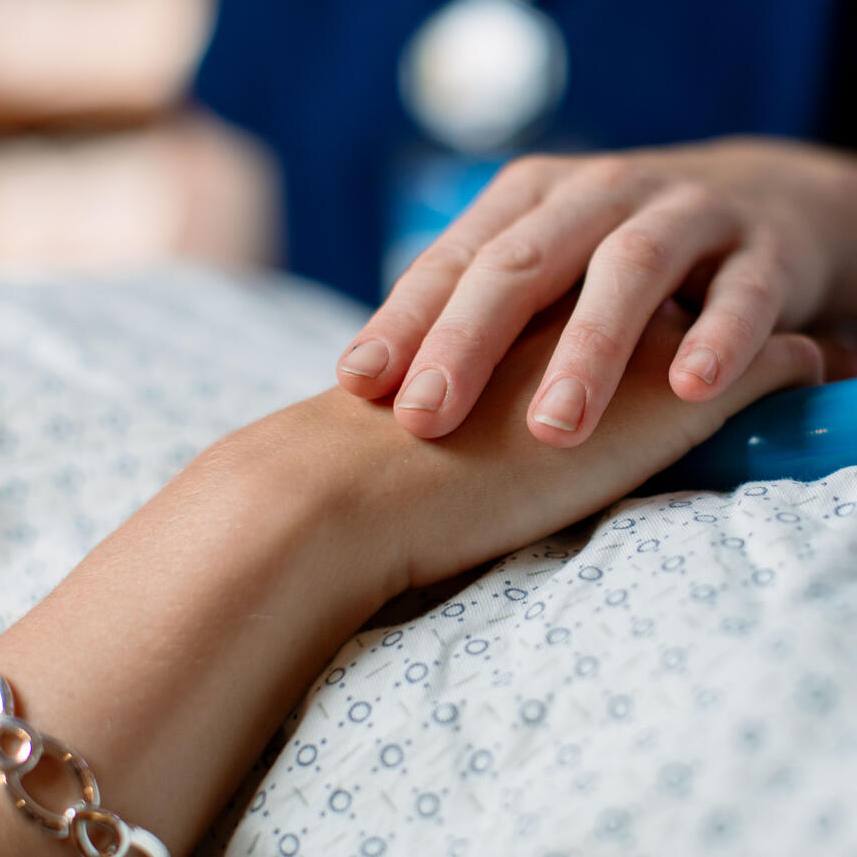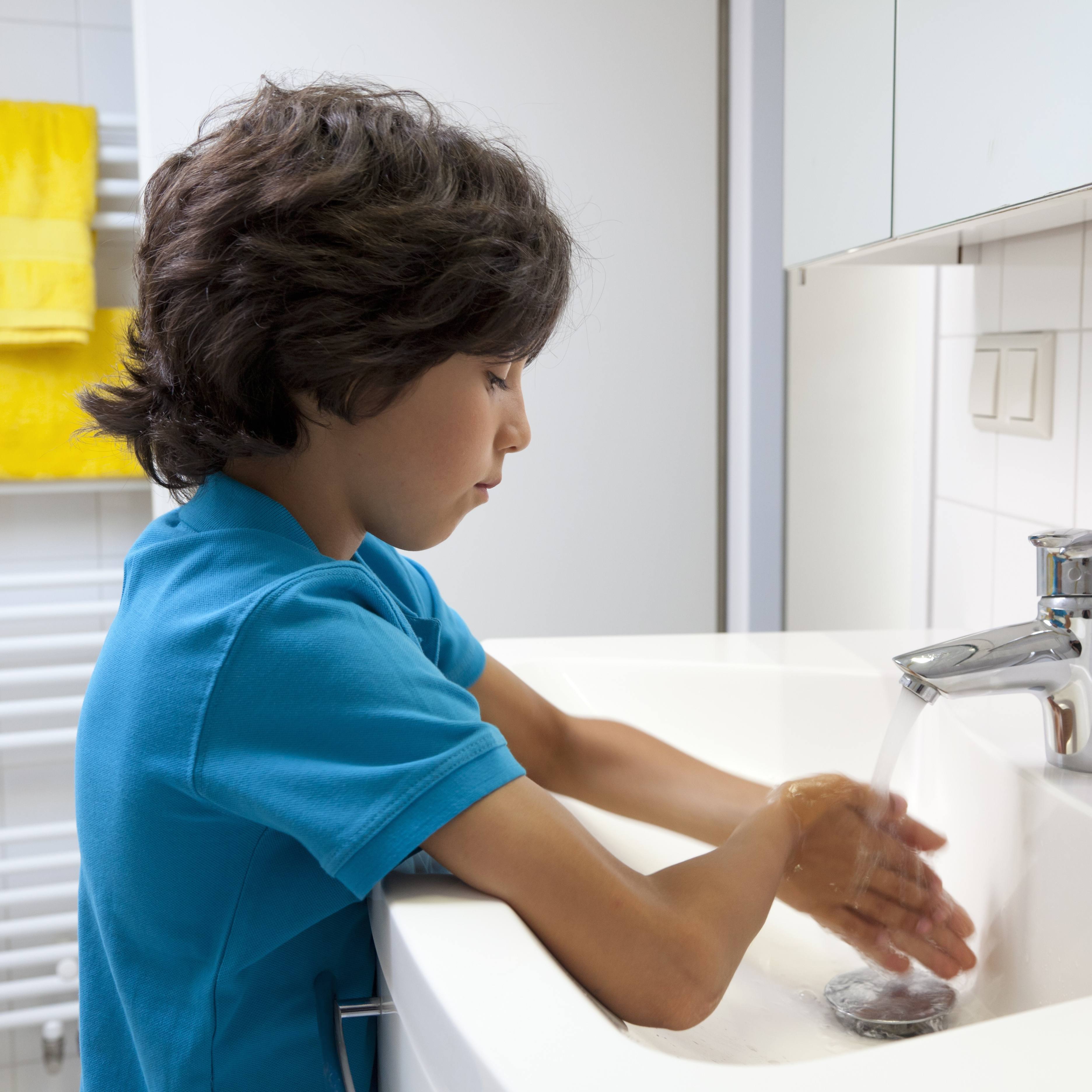If you went out for the evening and woke up with a sudden bad stomach, chances are you might be experiencing viral gastroenteritis. That's the broad term for an infection in the intestines. Some call it "stomach flu."
Gastroenteritis can be brought on by norovirus — a highly contagious viral infection most often spread through person-to-person contact or contaminated food or water, or by touching contaminated surfaces. It can be quite severe for some people, but for most, a few days of feeling unwell is common. And according to the Centers for Disease Control and Prevention, it is at a seasonal high.
One of the most important things to do is stay hydrated, says Dr. Jay-Sheree Allen, a Mayo Clinic family medicine physician.
Journalists: Broadcast-quality video (0:59) is in the downloads at the end of this post. Please "Courtesy: Mayo Clinic News Network." Read the script.
Dr. Allen says if you experience nausea and vomiting, diarrhea and stomach pain — all symptoms of norovirus — drink lots of fluids and follow a bland diet like crackers, or broth or flavored water. This bland diet is well-tolerated by some people.
For the first couple of days, you may not feel like eating or drinking, and might be highly fatigued.
"Set a timer on your phone if you must to say it's time to try to eat something, or it's time to at the very least to drink something to remain hydrated," says Dr. Allen.
Dehydration can be a serious complication, especially for older adults and young children.
"If you can't keep water down after 24 hours, it's important to seek help," says Dr. Allen. "If you are able to keep some things down, but your symptoms persist after 48 to 72 hours, it's also a wise idea to seek help from a medical professional."
Related posts:
- "Infectious Diseases A–Z: Prevent norovirus with good hand hygiene."
- "Infectious Diseases A–Z: Stomach bug or seasonal flu?"
- Infectious Diseases A--Z: Norovirus cases rise in winter months
For the safety of its patients, staff and visitors, Mayo Clinic has strict masking policies in place. Anyone shown without a mask was recorded prior to COVID-19 or recorded in an area not designated for patient care, where social distancing and other safety protocols were followed.







